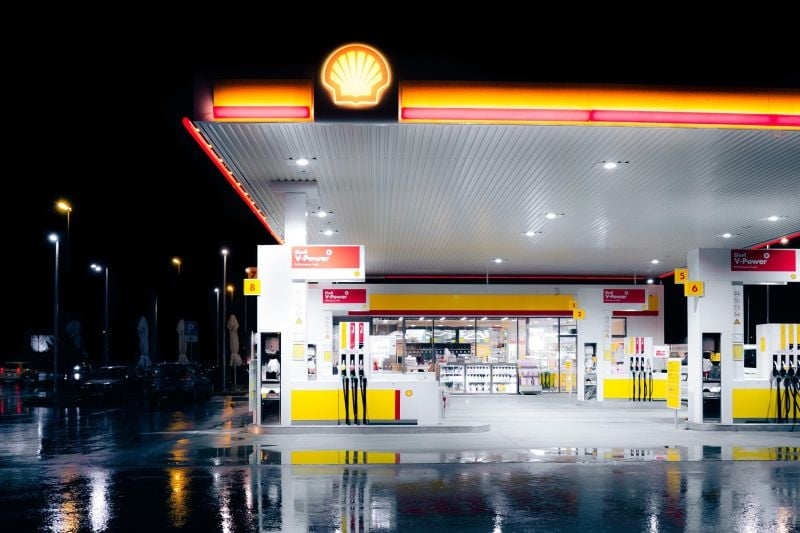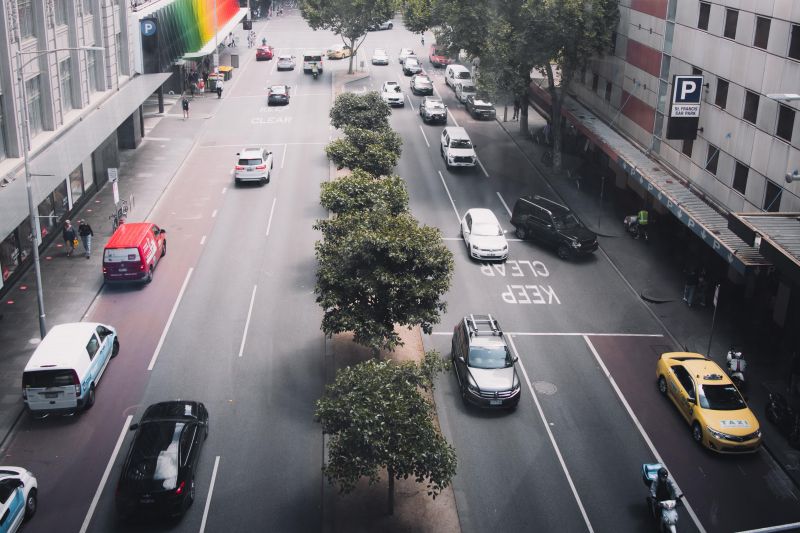Australian households are spending more than $100 per week on petrol, despite the temporary removal of the fuel excise.
According to the Australian Automobile Association (AAA) Transport Affordability Index, the average weekly fuel cost for Australian households jumped by $5 to $100.39 in the second quarter of 2022.
It’s the first time the AAA has reported a weekly fuel cost of more than $100 since the Affordability Index’s inception in 2016, and is one of the factors contributing to a broader 3.2 per cent increase in the national average transport cost.
Although fuel prices have recently dipped back below $2 per litre on average, the fuel excise will return to 44.2 cents per litre at the end of September. It was halved in March by the Morrison Government, in a push to tackle the rising cost of living in Australia.
“Despite the temporary excise cut, fuel prices are rising and continue to be a significant contributor to cost of living pressures across both regional and metropolitan Australia,” said Michael Bradley, AAA managing director.
Rising interest rates and the rising cost of new cars are contributing to steeper loan repayments, and the average cost of comprehensive car insurance has also increased.
The AAA says Australians spent 15.6 per cent of their household income on transport in the second quarter of 2022.
According to the report, the average national household spends $379.90 on transport every week. That consists of:
- $29.57 for registration, CTP, and licensing
- $30.49 for maintenance and tyres
- $29.73 for insurance
- $2.12 for roadside assist
- $20.92 for public transport
- $13.39 for tolls
- $100.39 for fuel
- $153.30 for car loan repayments
Sydney is the most expensive city to move around in Australia based on total cost; Hobart is the most affordable.
The AAA calculates its cost of transport in conjunction with SGS Economics and Planning. The report is designed to “reflect the most common or average characteristics of the population”.
“In some cases, household characteristics have been chosen to ensure some typical transport costs are well illustrated, while still being representative,” the report says.









